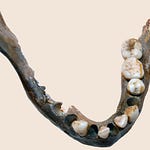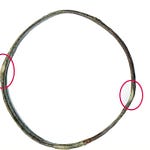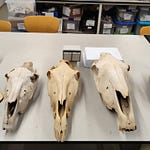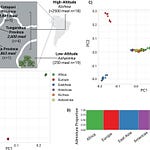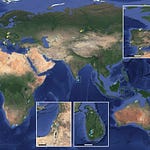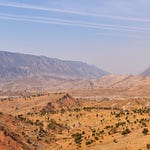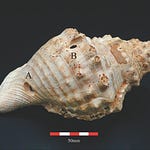The invisible architecture of Maya industry
Archaeology often privileges the monumental. Temples, plazas, and stone platforms command the archaeological record, while the perishable architecture of everyday life dissolves into the soil. Yet in the brackish peat beneath the Punta Ycacos Lagoon of southern Belize, an entire Maya household has been preserved—a modest domestic compound that once boiled brine and baked salt for the networks that fed the Classic world.
The discovery, reported1 by Dr. Heather McKillop and Dr. E. Cory Sills, describes Ch’ok Ayin, a Late Classic (AD 550–800) household frozen in mangrove peat several meters below the sea floor. The site’s preservation is extraordinary: 56 hardwood posts still stand in their original positions, arranged in four buildings whose outlines mirror living Maya house groups today.
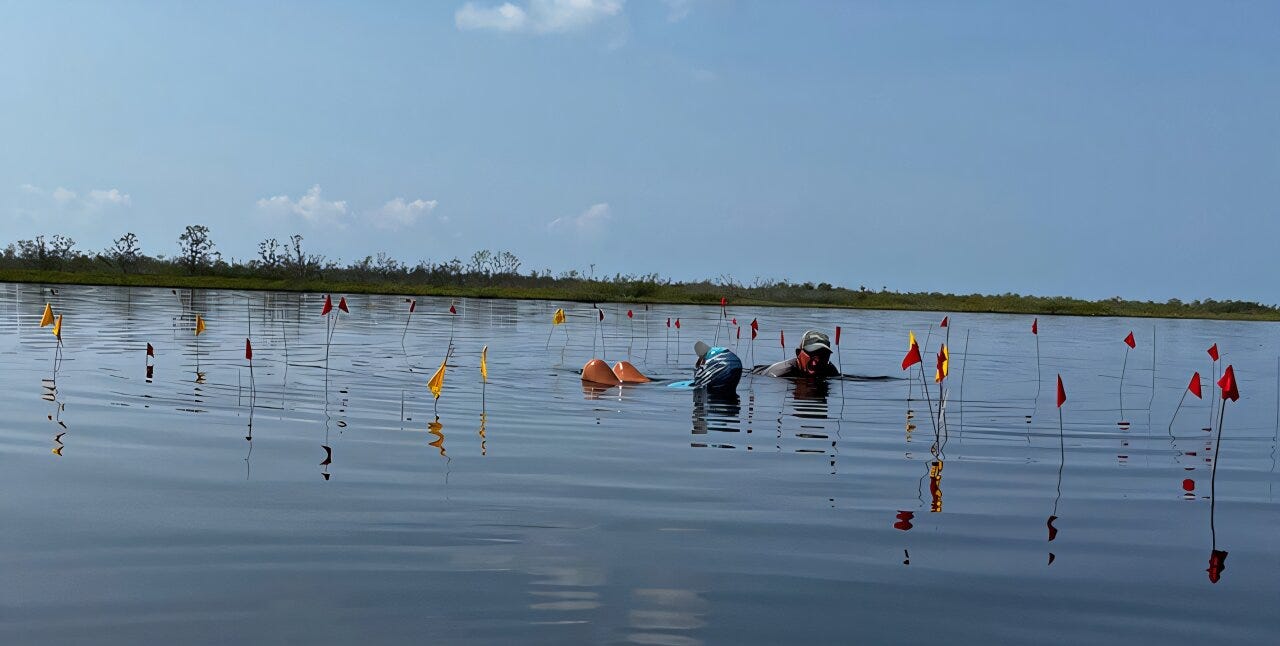
But what matters most is not what the water kept, but what it reveals about the kind of work that sustained Maya civilization.
“Salt production was not peripheral,” says Dr. Maria Lopez, an archaeologist at the University of Texas. “It was an essential craft economy—one that underwrote the political centers that tend to dominate our narratives.”
The researchers identified the compound as part of a vast network of coastal saltworks that once lined the Paynes Creek system. Inside the preserved buildings, they recovered brine-enrichment funnels, broken clay vessels, and salt-boiling pots—the material signature of an industry that turned seawater into the crystalline currency of daily life.
Listen to this episode with a 7-day free trial
Subscribe to Anthropology.net to listen to this post and get 7 days of free access to the full post archives.


